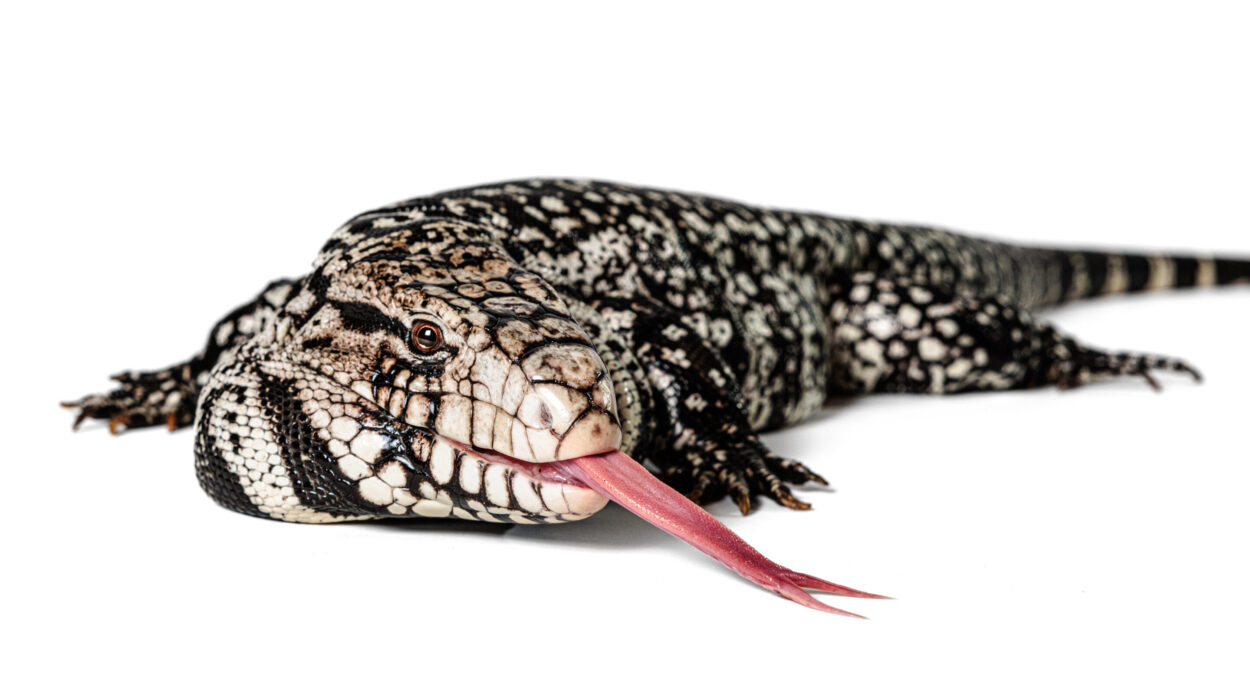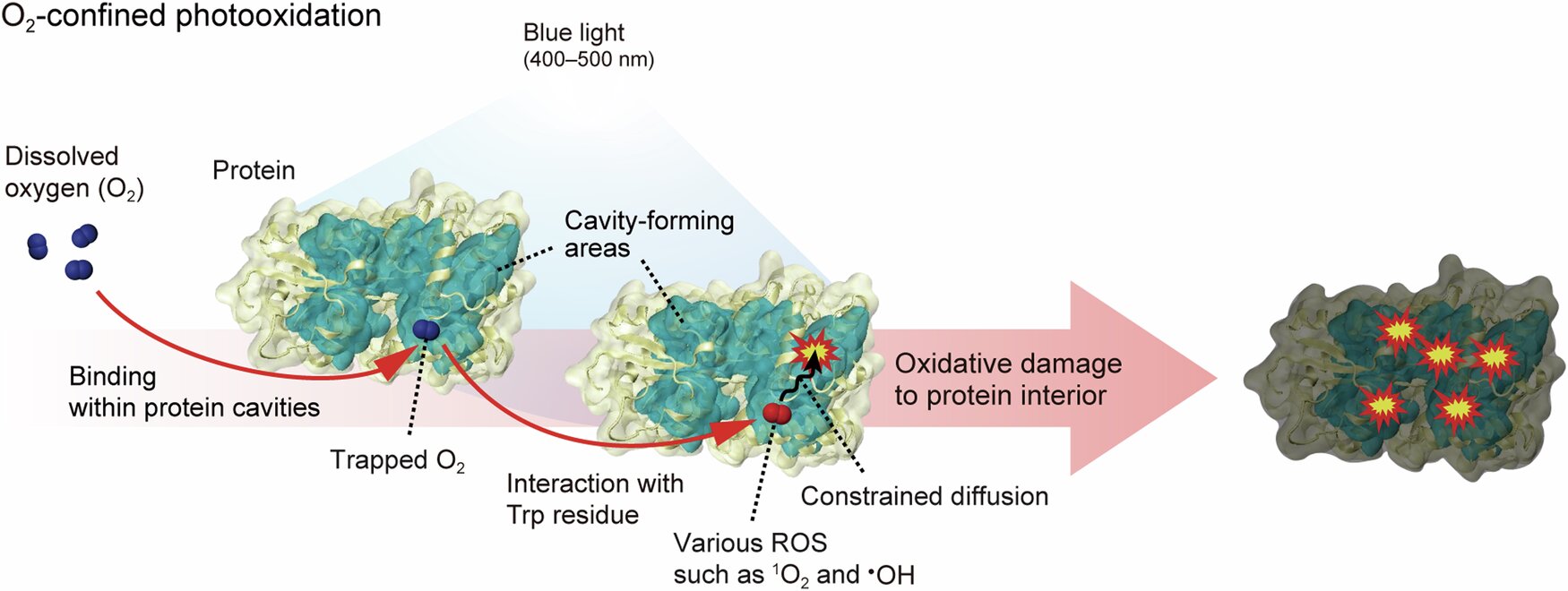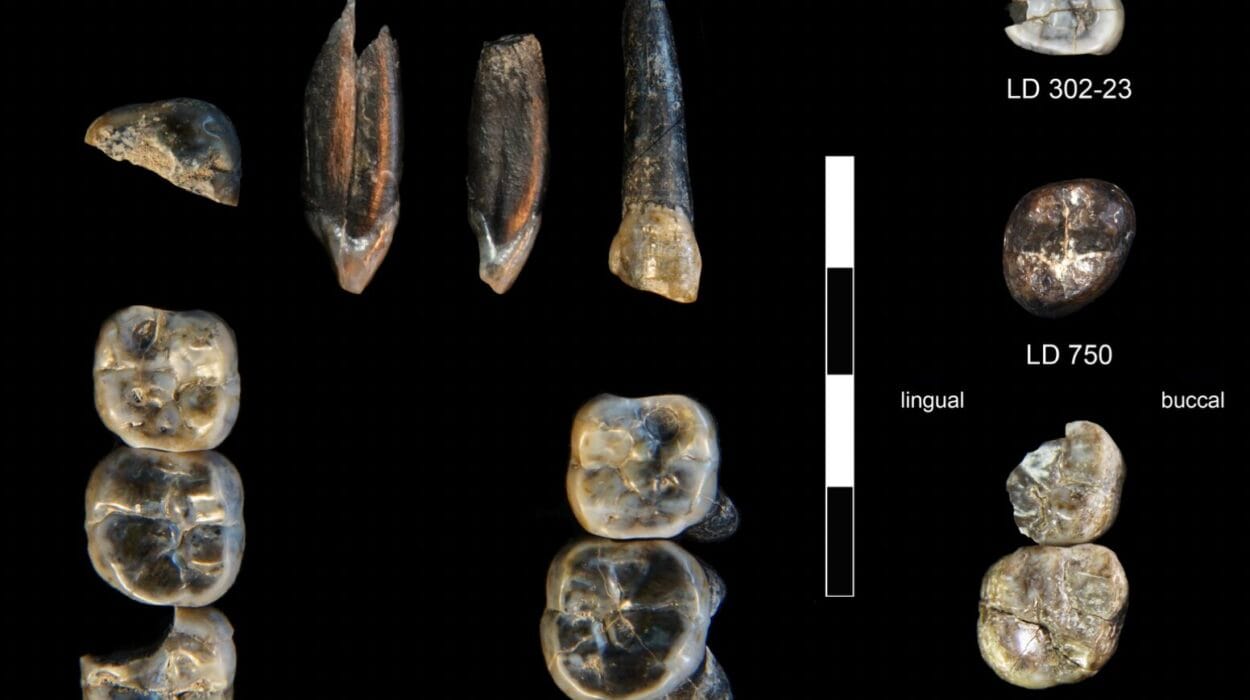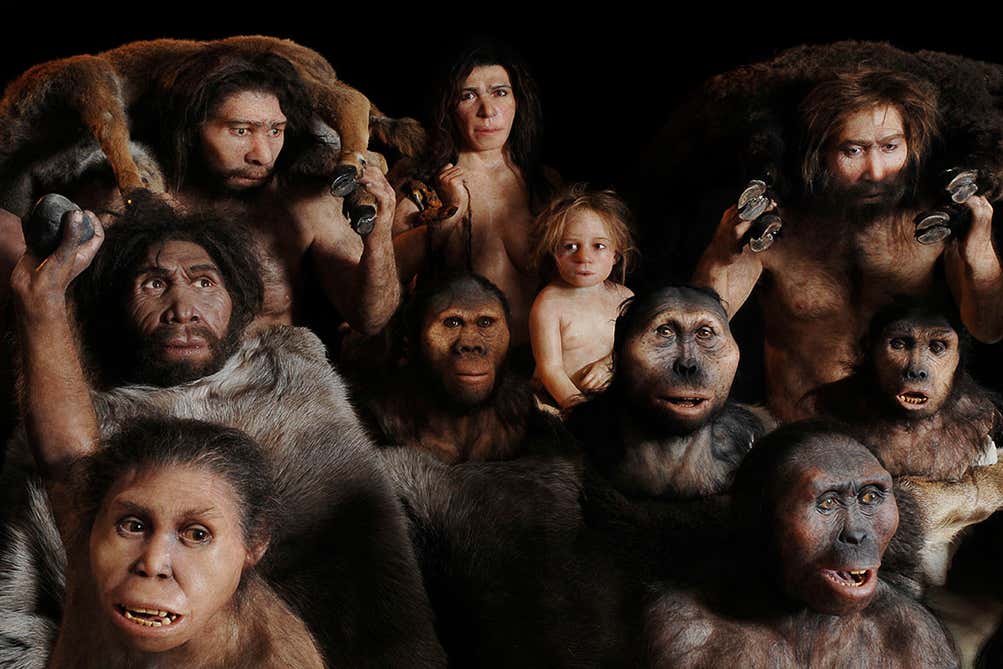A study led by researchers at the American Museum of Natural History provides an unprecedented glimpse into one of the earliest recorded evolutionary arms races between predator and prey. This arms race occurred over 500 million years ago during the Cambrian Period, specifically in what is now South Australia. The study, published in the journal Current Biology, identifies one of the earliest and clearest examples of an evolutionary interaction between two species—the small, shelled animal Lapworthella fasciculata, which is distantly related to brachiopods, and an unknown marine predator capable of piercing its shell.
The discovery is groundbreaking because it offers empirical evidence of predator-prey dynamics at a time when early life forms were experiencing what is often referred to as the Cambrian Explosion. This period, which occurred between approximately 541 and 485 million years ago, saw an explosion of biodiversity and evolutionary complexity, including the sudden appearance of a wide variety of animals, many with complex biomineralized structures such as shells, exoskeletons, and internal skeletons.
“Predator-prey interactions are often thought to have been a major driving force behind the rapid diversification seen during the Cambrian Explosion,” said Russell Bicknell, a postdoctoral researcher in the Museum’s Division of Paleontology and lead author of the study. “What’s been lacking, though, is direct evidence showing that prey species responded to predation pressures and, equally important, that predators adapted to overcome these defenses.”
An evolutionary arms race is an ongoing process where species continuously evolve in response to changes and improvements in their counterparts. In this study, researchers uncovered the earliest recorded instance of such a dynamic, with evidence showing that a small shelled animal found ways to fortify its body against a predator capable of making precise puncture marks in the shell.
Bicknell and his colleagues, who also include researchers from the University of New England and Macquarie University in Australia, studied a large set of well-preserved fossils of Lapworthella fasciculata. The fossils, which are approximately 517 million years old, were taken from South Australia’s Cambrian deposits. These specimens ranged in size from just slightly larger than a grain of sand to nearly the size of a small apple seed. Over 200 of these fossils showed signs of being perforated with small, clean holes. The researchers suggest these perforations were created by a predator—likely a kind of soft-bodied mollusk or a predatory worm—that specialized in punching through the shells of other animals to access the soft, edible tissues inside.
The researchers took a meticulous approach in their analysis by comparing the age of the fossils with the frequency and location of perforations. They found a clear pattern: over a relatively short period, the prevalence of perforated shells increased, while the shell walls of L. fasciculata became increasingly thicker and more robust. These observations suggest that the small animal, over the course of generations, was evolving defensive adaptations—primarily in the form of more reinforced shells—to ward off its predators. In turn, it seems that the predators were also evolving to deal with these stronger defenses, likely developing more powerful or specialized mechanisms to penetrate the thicker shells.
This back-and-forth evolutionary adjustment between predator and prey, with each species responding to the other’s adaptations, provides a textbook example of an evolutionary arms race in action. The study demonstrates that these interactions were a key factor in the early diversification of life forms during the Cambrian period. The speed and scale at which these phenotypic modifications (such as the thickening of shells and the evolution of hole-punching abilities) emerged underscore just how rapidly animals were evolving in response to environmental and ecological pressures.
In evolutionary terms, an arms race of this kind represents a form of microevolution, where small, incremental changes in traits occur over relatively short periods. This may also explain the rapid increase in biological diversity seen in the fossil record during the Cambrian Explosion. Life on Earth was developing more intricate and specialized mechanisms for survival, from defensive armaments like thicker shells to predatory strategies like piercing and puncturing.
“What this study shows is that predation may have played a fundamental role in the early dynamics of animal ecosystems and how quickly these changes were occurring in the early days of animal evolution,” said Bicknell. “It underscores the incredible speed at which both predator and prey species were altering their biological traits to gain advantages in their life-or-death battle.”
The broader implications of this discovery speak volumes about our understanding of evolutionary pressures and the dramatic pace of natural selection during the Cambrian Explosion. Evolutionary arms races between predator and prey likely spurred the development of many new and advanced features, which in turn allowed animals to diversify into the vast array of life forms seen in subsequent geological periods.
This study also provides insight into the broader mechanisms of evolution that helped shape life on Earth. It opens up new avenues of research into the complex predator-prey interactions that have been shaping ecosystems for hundreds of millions of years. Understanding how these early evolutionary battles played out may offer clues as to how ecosystems and biodiversity continue to evolve in modern times in response to ecological pressures, even as these pressures have changed over time.
Reference: Adaptive responses in Cambrian predator and prey highlight the arms race during the rise of animals, Current Biology (2025). DOI: 10.1016/j.cub.2024.12.007. www.cell.com/current-biology/f … 0960-9822(24)01647-6






